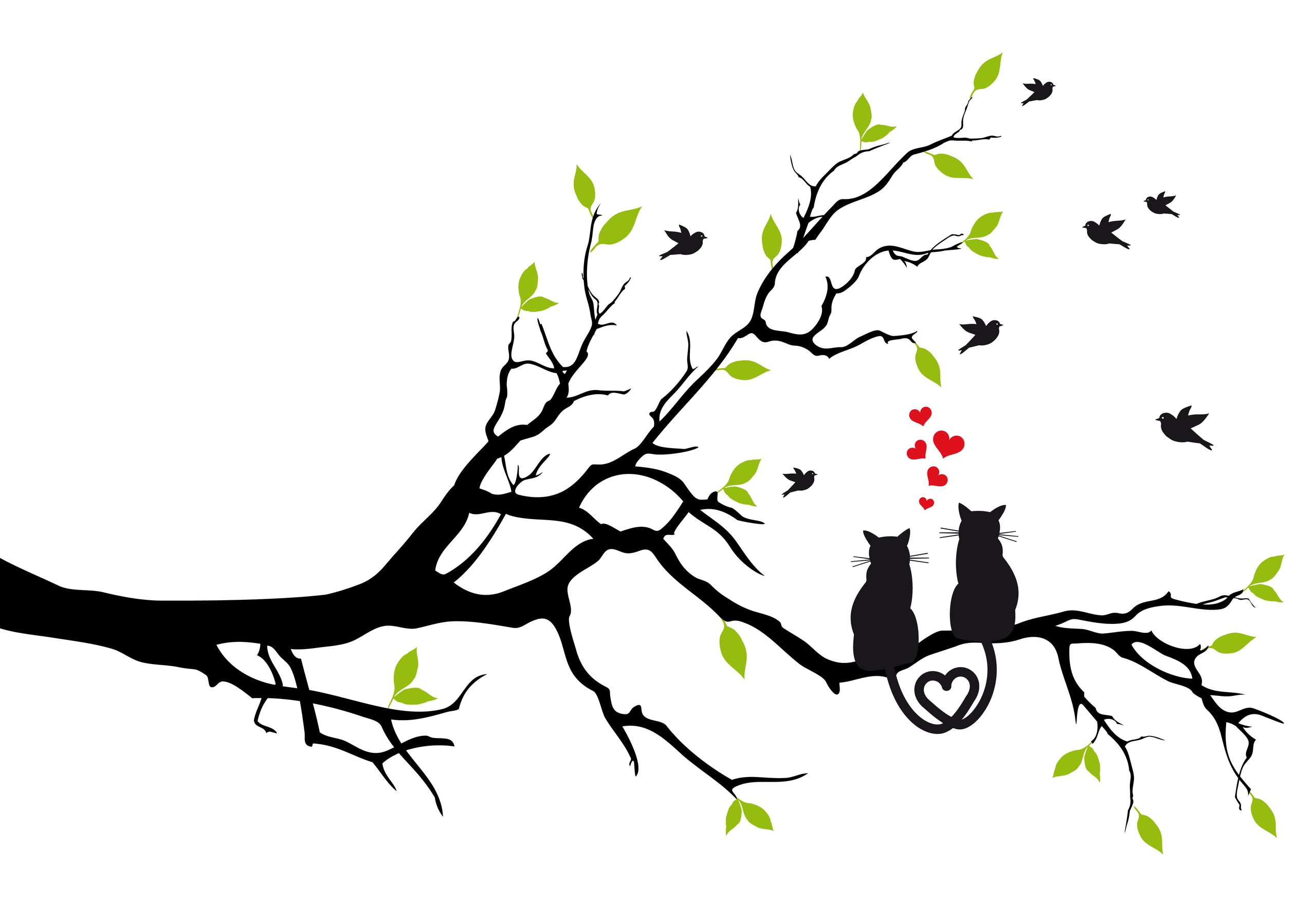In 2019, a Canadian field study with 14 cats showed success, reducing the number of birds caught by pet cats. Volunteers monitored the prey captured by cats with and without the Birdsbesafe accessory. Ken Otter, Ph.D., a biologist at the University of Northern British Columbia led the study. “It looks like the high-viz collars work,” he told CBC news.
Dr. Otter described how the colorful neckwear draws the visual attention of birds to predatory cats, taking advantage of songbirds’ extraordinary color vision. “It's the opposite of a hunter's camo,” Dr. Otter said. Using it, “you can decrease the impact that your free-roaming cat is actually having.”
Plans for a second, larger field study were cancelled by the pandemic’s circumstances. In 2023, Dr. Otter elaborated that cat-related mortalities are contributing to bird population declines in Canada, although feral cats are likely to be more of a factor than the 8.5 million pet cats. Cats stalk their prey stealthily, he remarked to Vancouver press in 2023, and bells aren’t effective. “With the rainbow-coloured collars, birds at least have a chance,” Dr. Otter said.
RELATED LINKS:
2019: https://www.cbc.ca/news/canada/british-columbia/biologist-tame-cats-hunting-birds-collars-1.5161100
2022: https://healthypets.substack.com/p/cats-killing-birds?s=r
2019: https://www2.unbc.ca/newsroom/unbc-stories/few-good-felines-sought-unbc-study









